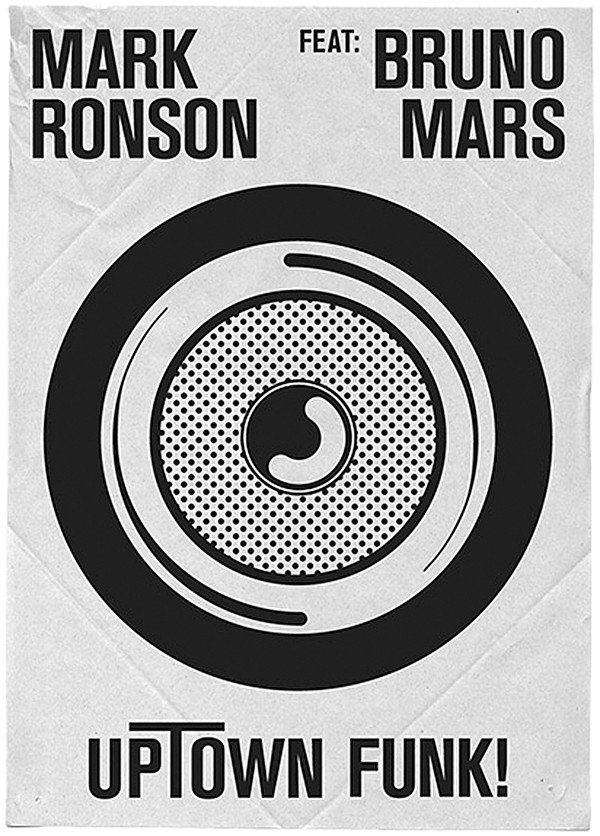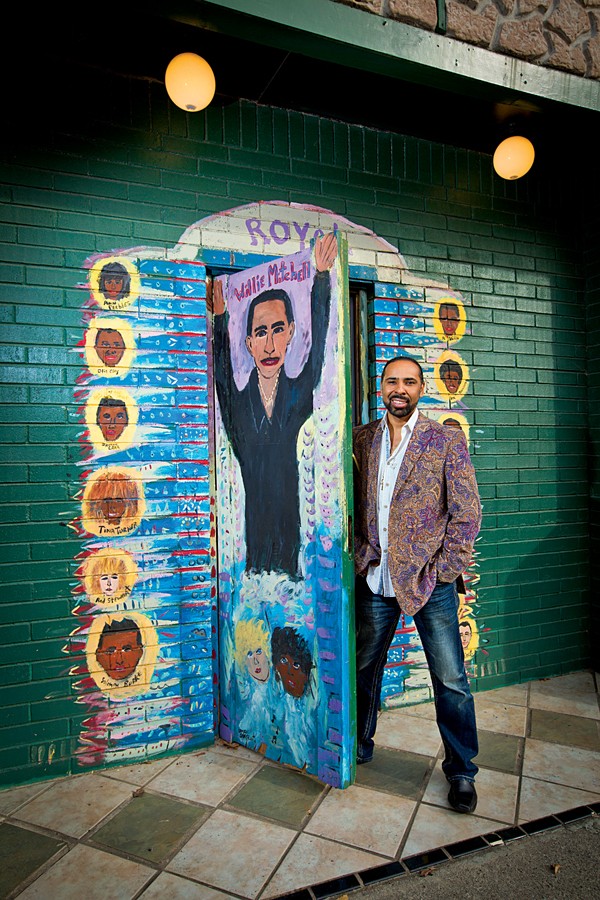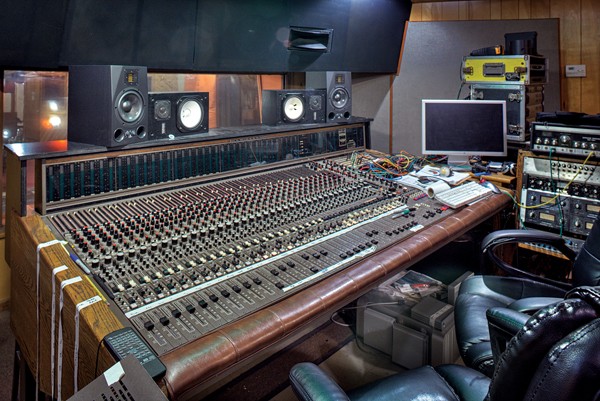Booker T. Jones is such an iconic Memphian that he’s still identified with his hometown a half century after moving to California. And, that relocation notwithstanding, he’s an enthusiastic advocate of all things Memphis, including the Memphis of his youth, and the supportive community he continues to find here today.
So, it’s wholly appropriate that Jones will be inducted into the Memphis Music Hall of Fame (MMHOF) on Thursday, September 15th. While Booker T. & the MG’s were inducted as a group in 2012, this year’s honor will serve as a recognition of Jones’ accomplishments as an individual, outside of that seminal band, including the many songs he’s penned, recorded, arranged or produced since leaving Stax Records. As such, it’s as much a recognition of the California Jones as the Memphis Jones.
Jones will be performing at Thursday night’s ceremony. In addition to Jones, the 2022 inductees include the late blues and jazz saxophonist, composer, arranger, and educator Fred Ford, Grammy-winning producer and engineer Jim Gaines, American Sound Studios keyboardist, singer, and Grammy winner Ronnie Milsap, former chair of Elvis Presley Enterprises Priscilla Presley, Sun Records artist, songwriter, and producer Billy Lee Riley, Stax artist and Grammy-winning soul giant Mavis Staples, and the iconic drummer for Jerry Lee Lewis and other Sun artists (as well as singer and producer) J.M. Van Eaton. Gaines, Jones, Milsap, Presley, and Van Eaton are all scheduled to attend, while local favorites Reba Russell and John Paul Keith will also perform.
All in all, very good company for Booker T. Jones. Anticipating his imminent homecoming, Jones recently spoke at length with the Memphis Flyer from his home in northern California. Only one day after a mass shooter terrorized the city, our hearts were heavy, yet Jones helped put the day’s events in perspective.
Memphis Flyer: How strange that Memphis is in the headlines for its crime, just when you’ll be coming here to celebrate its positive, musical side.
Booker T. Jones: My condolences to the families. And I hope everybody does something positive in the wake of that. Do something nice for somebody, or for yourself. Try to do something that’s the opposite of that negative energy. Something positive. It’s a huge tragedy.
I was just thinking how appropriate your song, “Representing Memphis,” featuring Sharon Jones and Matt Berninger, is at this moment. It really celebrates the neighborhoods, sights, and sounds of the city.
Well, it’s good to mention Sharon’s name. She was one of the most positive people I’ve known. It was wonderful meeting Sharon. She’s from Brooklyn, I think. She was a very neighborhood-friendly type of person.
“Representing Memphis” also featured Matt Berninger on vocals.
Yeah, he’s another good friend of mine. He’s in a band called The National.
Since you moved to California 50 years ago, it seems you’ve done one collaboration after another.
Yeah. Of course, I miss Memphis. I wouldn’t have been able to go to California if Memphis hadn’t been so good to me. I have a lot of friends there. I’m coming there in a few days, and it’s going to be great to see my family. My family’s from Red Banks, Mississippi and Holly Springs, Mississippi, and they’re all coming. So, it’s going to be great.
How does it feel to return to the Stax building?
I tell you what, Alex: That is hallowed ground. It just is. I remember when I went back a few years after they had torn down the building, and I picked up some bricks and brought them back to California. Because when you walk in the area of 926 East McLemore Avenue, it’s just great. That’s an indication of the spirit of Memphis. It’s all over that town.
It seems you’ve become more appreciative of Memphis in recent years, more so than in the ’70s and ’80s.
That’s true. I have embraced it more, emotionally. Intellectually, I’m maturing. I’m 77 years old. Hopefully I’m maturing somewhat. And just realizing and recognizing who I am and where I come from.
You even named your new record label after the street you grew up on… Edith Street.
Yeah, that’s where it started. That’s another place that’s emotional for me to go back to.
Being inducted into MMHOF apart from the MG’s must be very meaningful to you, after your struggle to get more recognition as an individual before you left Stax.
It is, it’s a really big deal to me. I owe so much to so many people in Memphis who gave me so much at such a young age. And I had so many mentors. And there was such a spirit of giving in my community. In the music community at school, at church, in the neighborhood. So I’m a result of that giving. And it’s a lesson to me. I’m just very fortunate.
It’s ironic, maybe that spirit of giving and support also gave you the strength to break away from Stax.
Yeah, it definitely was a positive/negative, yin/yang type of thing, and of course as soon as I got to California, I had other mentors. Namely Quincy Jones, who was right there, introducing me to this kind of music, that kind of music. And I was immediately surrounded by other mentors. Herb Alpert and so many others. But a lot of kids don’t get a chance to do that. They don’t have a recording studio around the corner from their house. They have to go to Nashville or New York or Los Angeles if they want to be in music. So, I was fortunate that I was born right there in Memphis with a studio three blocks away.

It’s interesting that you mention Quincy Jones. I saw a documentary where you spoke about one particular moment, hearing Ray Charles’ “One Mint Julep” on the radio, which led you to pursue the Hammond organ.
That was the moment. I was on McLemore Avenue, listening to the radio, and I was thinking ‘Oh, what great horns!’ And then I heard the organ and thought, ‘Wow, that’s such a cool sound!’ It wasn’t a sound you heard very much. And I thought if I could just do that, I’d be happy. And I am happy. And it was Quincy’s band on that record. Quincy wrote the arrangements, and Ray was actually a saxophone and organ player in Quincy’s band. Quincy was the man who put all that together.
It was kind of coming full circle, when you connected with him personally later in life. That must have meant a lot.
Yeah. He was a mentor. And he was one of those guys like Willie Mitchell. Willie would take young guys like me and put them up on stage and just try them out. That’s what he did with Mabon ‘Teenie’ Hodges, who was a good friend of mine. Willie did that with me, on the bass. Willie is a really good example of that Memphis spirit I’m talking about. And of the mentors I had there.
People often think of Stax Recrods and Hi Records as competitors, but there was a whole local scene that transcended the labels.
Oh yeah, directly. Well, Willie let me play baritone sax in his band, and baritone sax is the instrument that got me into Stax. David Porter took me into Stax to play baritone sax on “Cause I Love You.”
One thing you mention in your autobiography was a friend from Egypt, Mina E. Mina, and the female singer whose work he introduced you to.
Uma Kalthoum. My Egyptian friend in Malibu was a disciple of hers, and we would sit and just be moved by her voice.
California was really a world destination, wasn’t it? So many of these cultures were converging and influencing pop music.
Exactly.
Are there recordings of yours that show more of a world music influence?
Definitely so. So many different kinds of influences were right there, close together. Bill Withers came to California, Leon Russell, and the Brothers Johnson. Quincy was crazy about them. He had a special spot in Hollywood — a room at 1416 North La Brea, right at the corner of La Brea and Sunset Boulevard. And that was sort of a nexus. It was A&M studios, where his office was. So, if you were an arranger — and that’s what I was, an arranger/producer; I played a lot of sessions — his place became a go-to place for a lot of people.
Are you at work on a new album now?
Yeah. It’s the 60th Anniversary of “Green Onions,” and that was the song — I wouldn’t be talking to you if I hadn’t stumbled onto recording that song. That was 60 years ago, so I’m going to do a tribute to that. It was June, 1962 when we recorded it, and I was supposed to be in church. It was a Sunday, I remember. Memphis changes on Sunday morning. Or, at least it did back then. Everyone was in church by [10 a.m. or 11 a.m.]. If you weren’t there, you were doing something kind of strange. I think we were supposed to play on a session. Steve remembers more about it. It was a session that got called off or finished early, and then we had free studio time.
And “Green Onions” was kind of an afterthought, the B side?
Exactly. And “Behave Yourself” was me trying to imitate Ray Charles. I had a little band at a club on South Parkway, and Errol Thomas was playing bass, and Devon Miller on drums. And I would always start with that, because of Quincy and Ray and that B3 sound; and I was trying to imitate Ray, so I came up with that blues, “Behave Yourself.” Why would they just have an M1 organ sitting there that day? It was my dream. It was amazing! I had actually used it once before, because I played on William Bell’s “You Don’t Miss Your Water,” and also I had played for Prince Conley in that room when I was a young kid. Charlie Musselwhite reminded me of that. He was a friend of mine from Mississippi.
Was it the track, “Going Home”?
That was it! I remember that day because I played on that song, but the room was so big, I never did get to meet Prince Conley the whole time.
You write about Maurice White, founder of Earth, Winde & Fire, in your book. Did you guys ever connect in later years? Did you play together once you were established artists?
Oh yeah! He loved to play tennis and when I moved out to the San Fernando Valley, he would come out there and play tennis with me, and ridicule me [laughs]. We were good friends in high school. I think I met him in 8th grade at Porter [Junior] High. And I was the only student with a key to the band room at Porter. So, he walked in and said, ‘Hi, I’m Maurice White.’ His destination after school was my house. And we would play tunes by the Jazz Messengers, or whatever, because I had a record player.
Maurice didn’t really have a family. His grandmother was all he had. And I never did even see his mother until he graduated from high school. That was a good, tight friendship between me, and David Porter, and Maurice. That’s how it all started. Maurice on drums and Richard Shann, who played piano, and I had a bass.
Did you dabble on saxophone in that trio?
I probably did, because I always tried to play reeds: oboe, clarinet. I played clarinet in the band, and the school had a baritone sax.
It sounds like Richard Shann was a great jazz player.
Oh, yeah. He was the true musician of the three of us, the most dedicated. He lived way out in South Memphis, and he would walk to my house to jam with us.
Whatever became of him?
He passed years ago.
It makes me wonder if you and Maurice had ever played music together after you left Memphis. But it sounds like you mainly played tennis?
You know, he was like a brother to me. My dad brought his drums home from AMRO Music, his first drum set. But Maurice was missing his family so, as soon as he graduated from high school, he moved to Chicago. And then Ramsey Lewis heard him play somewhere, and Maurice was gone, basically. He was unavailable. Of course, you know I wanted him to be a drummer in my band, and that would never happen. He started Earth, Wind & Fire and they were instant stars, and he got such a good position in Chicago, and I don’t remember him ever coming back to Memphis.
A lot of people don’t realize he was from Memphis.
That’s amazing, because he was. LeMoyne Gardens. I doubt if I would have been able to make it to Stax if I hadn’t known Maurice. My dad used to drive me, Maurice, and Shann to the middle of Arkansas, nowhere, til 10:00 at night, to play a little gig, playing for four/five people, then drive us back at 2 in the morning. That’s what we did. The bass, the drums, the whole thing in the car, it was a sight! In my dad’s ’49 Ford.
Your dad sounds like a prince of a man.
Yeah, he was the sponsor. He was the reason it all happened. He drove my friends around. He was the guy. I was lucky there. Maurice didn’t have any of that, no mother or father. So, he came to my house.
He’s already been inducted into the MMHOF, so you guys will be side by side now.
That’s good to hear!
The 2022 Memphis Music Hall of Fame Induction Ceremony takes place Thursday, September 15, 7 p.m., at the Cannon Center for the Performing Arts. Tickets are on sale now for only $30, and are available at www.ticketmaster.com or the Cannon Center box office.




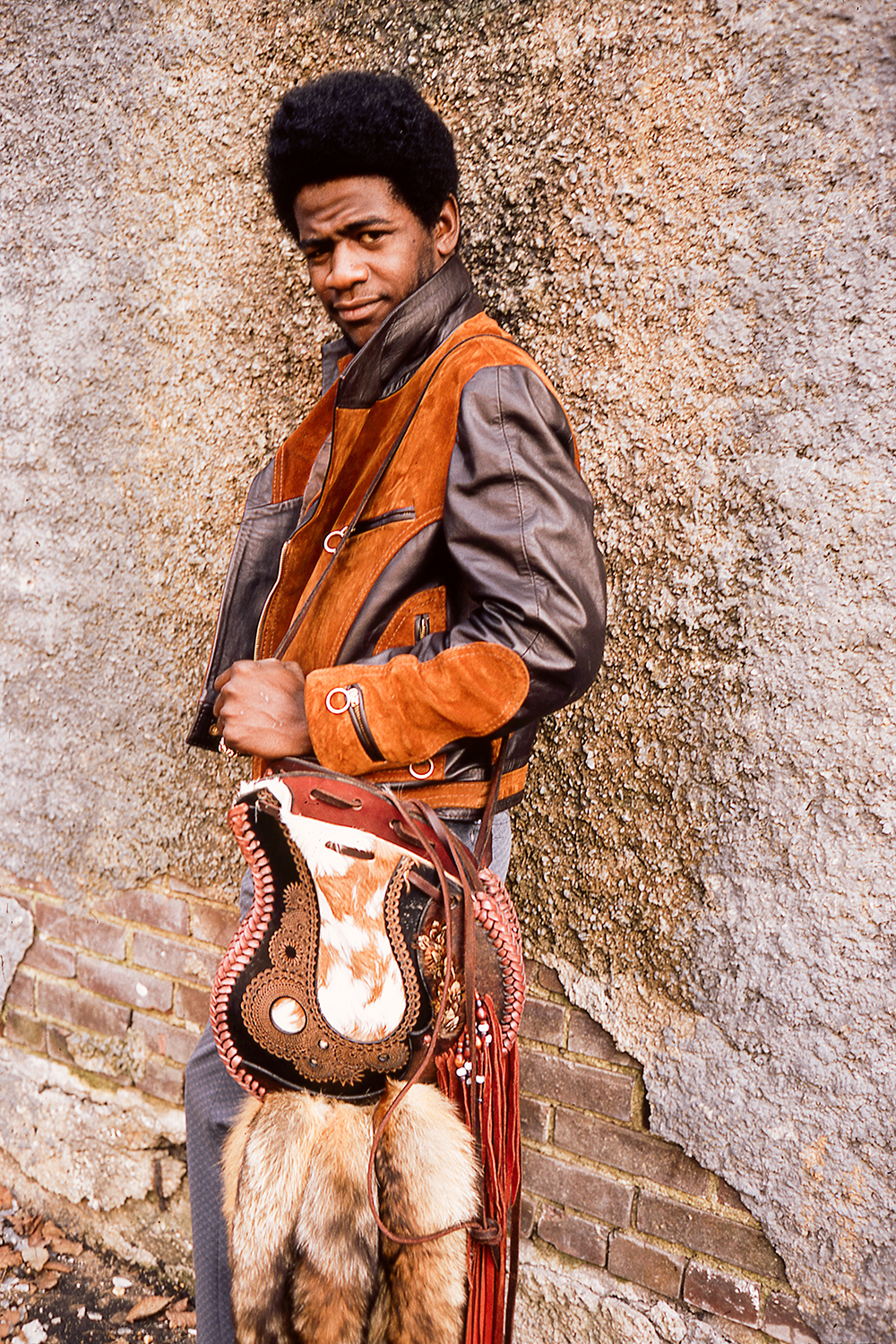

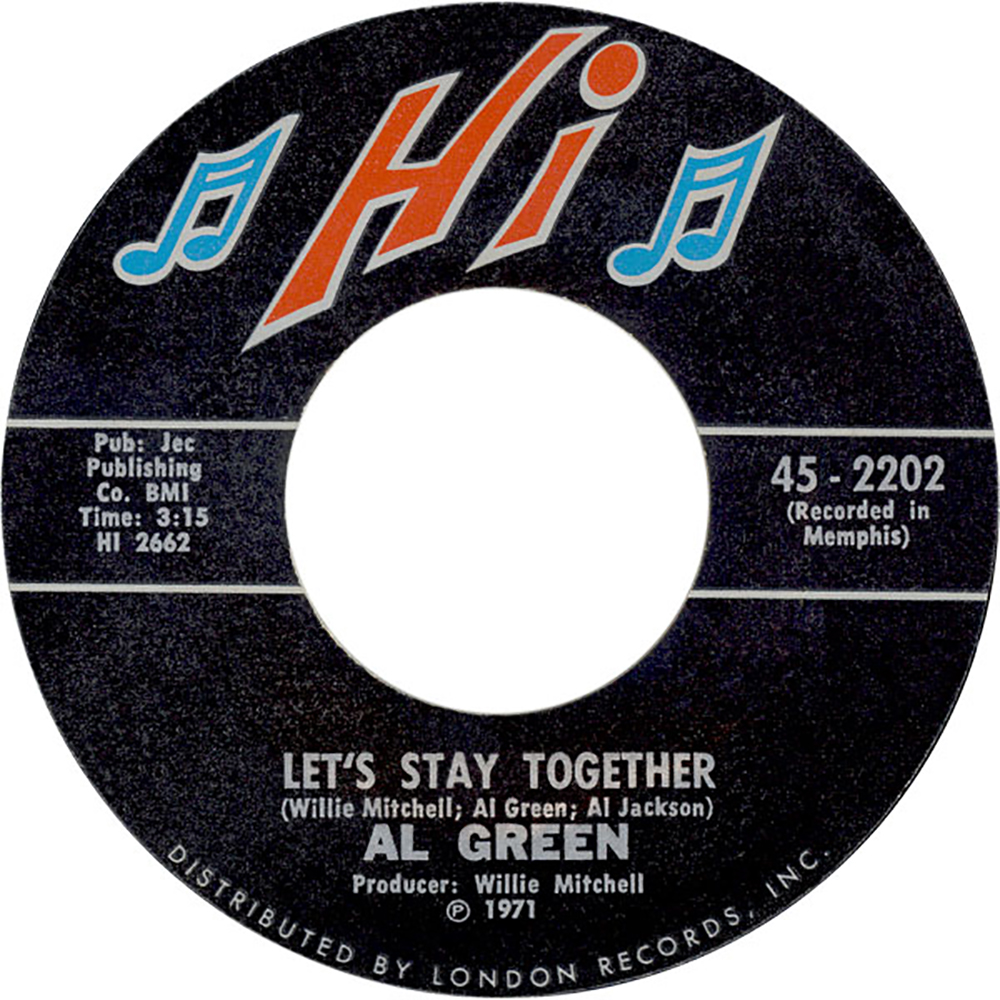
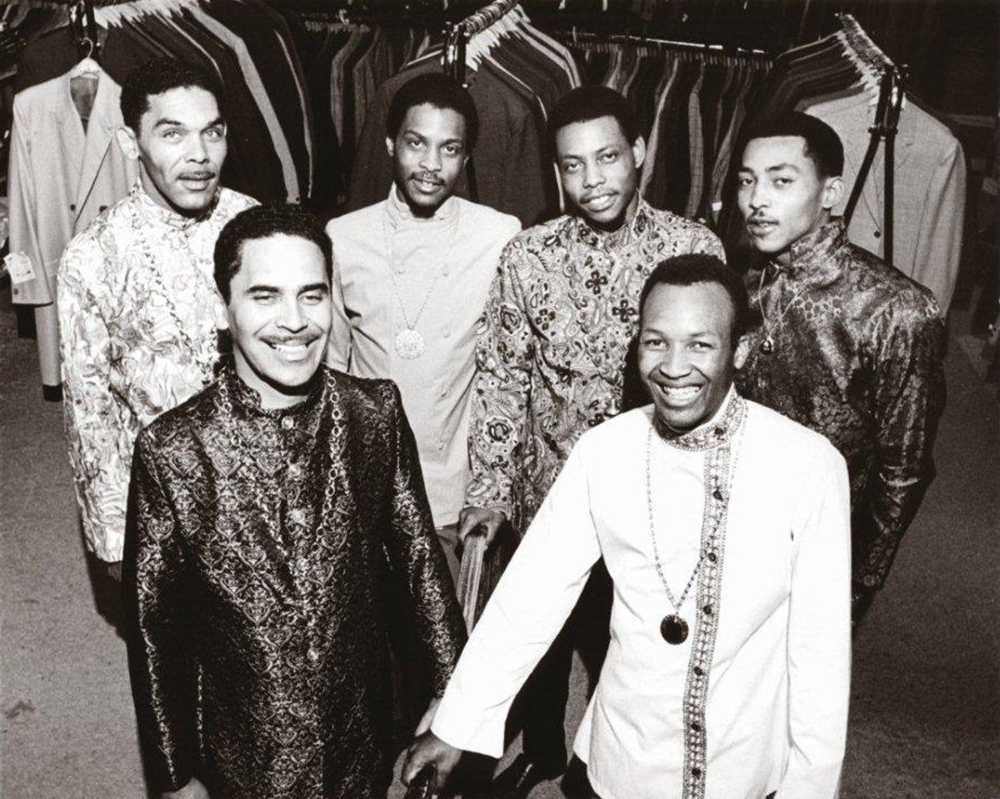
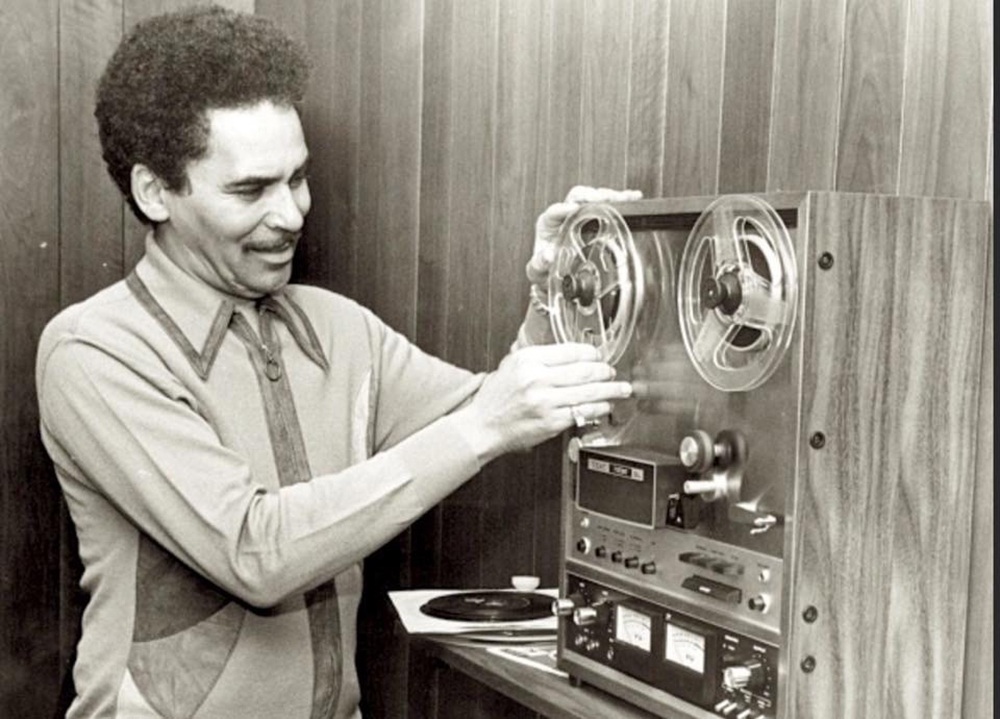
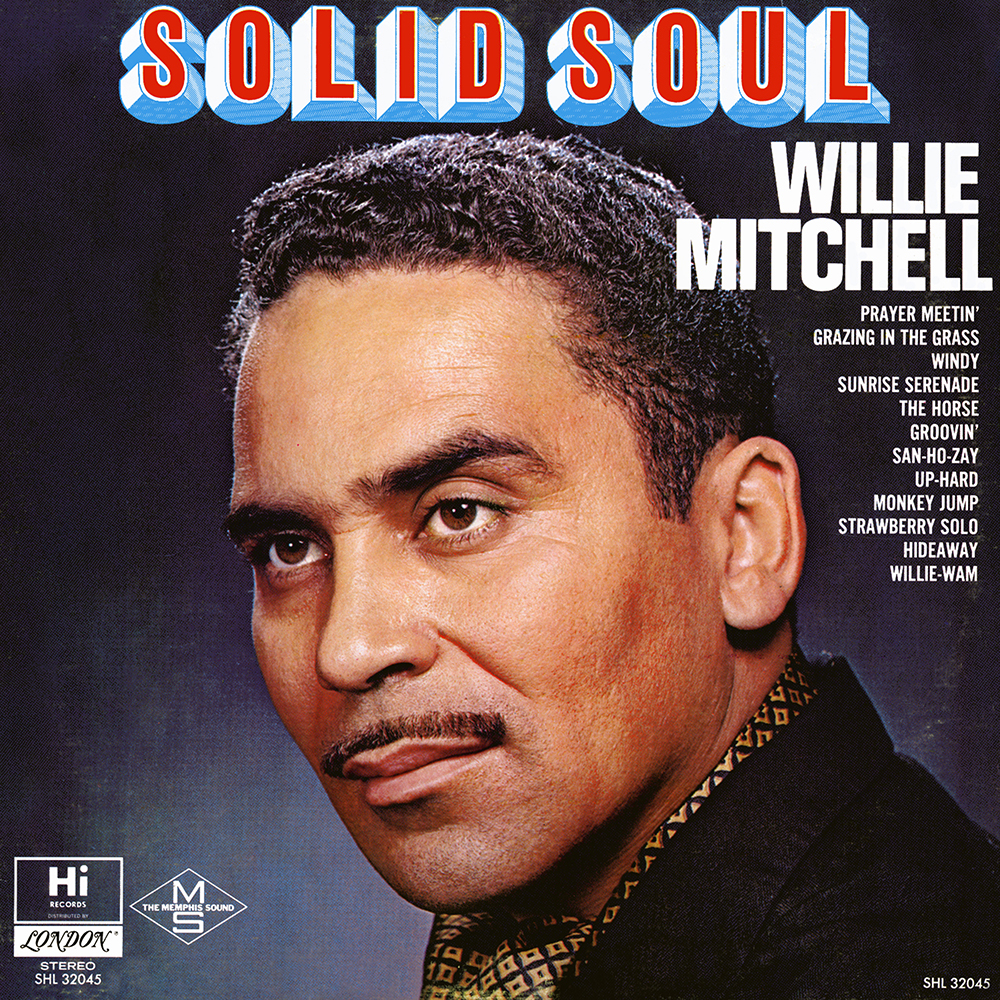
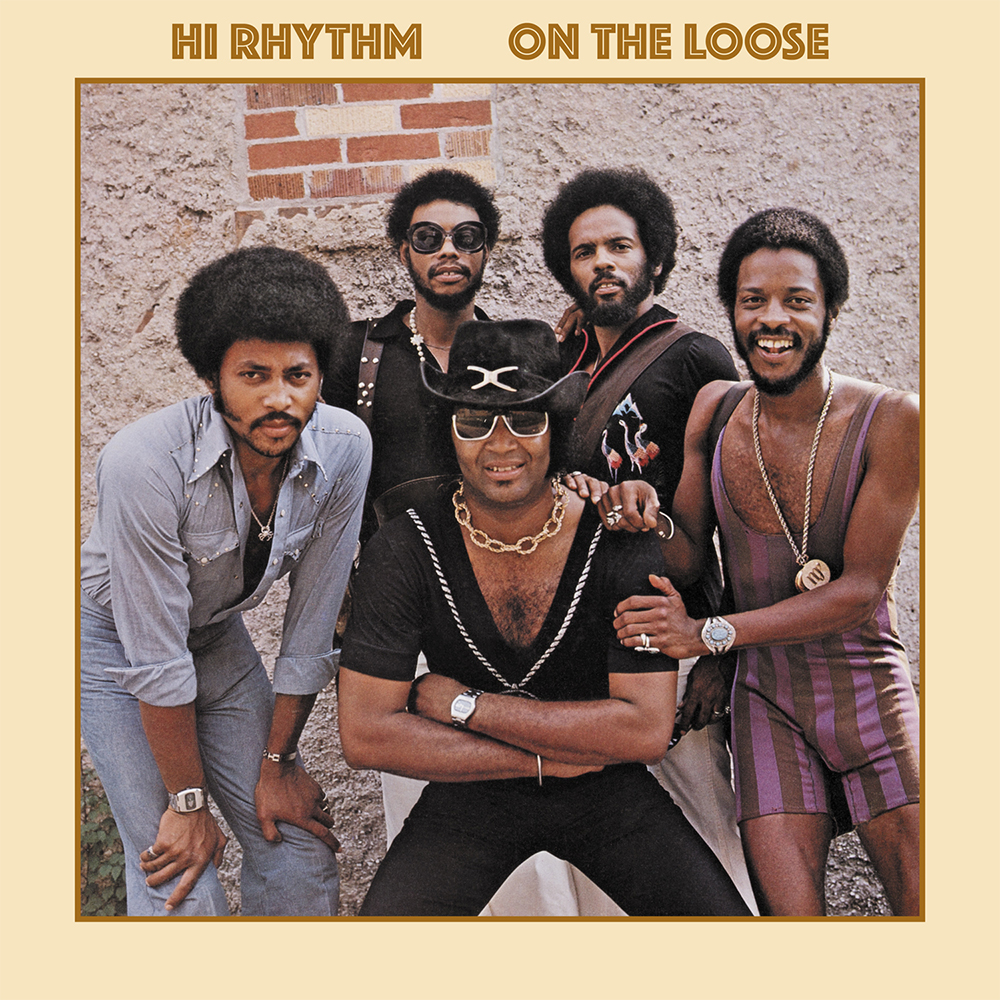



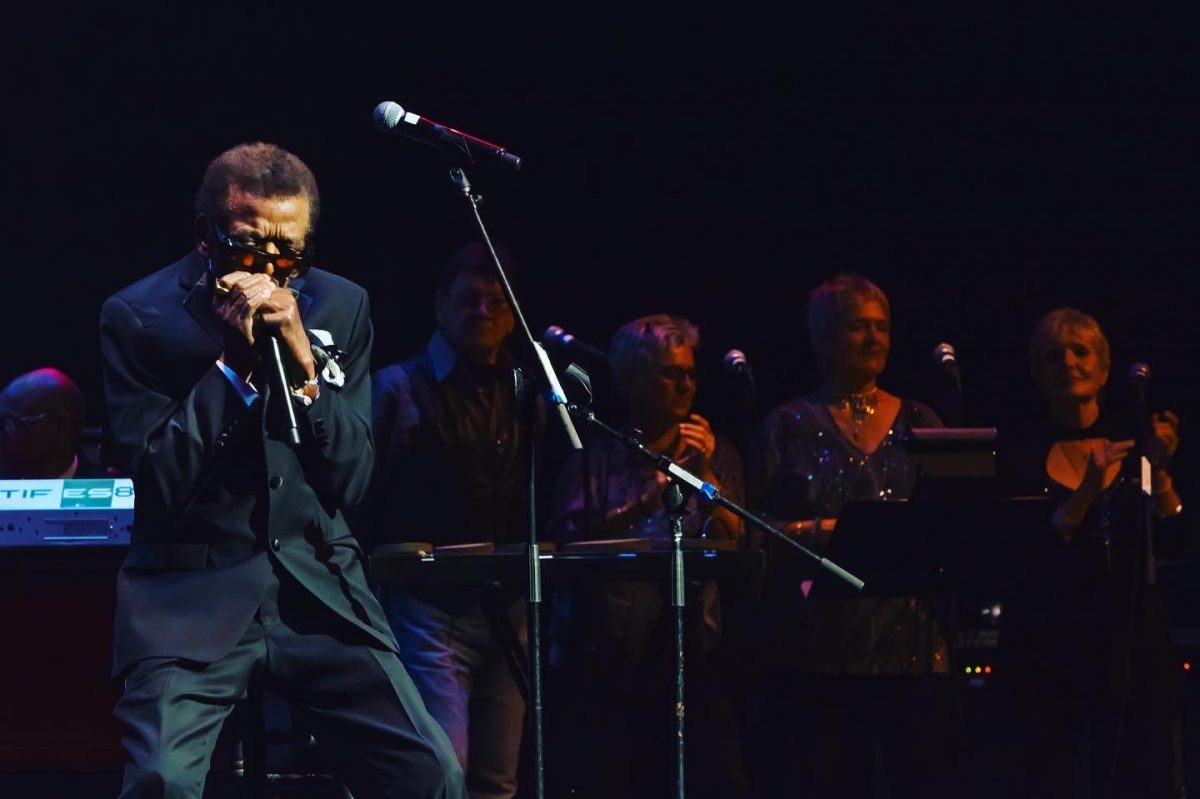

 courtesy Boo Mitchell
courtesy Boo Mitchell  courtesy Boo Mitchell
courtesy Boo Mitchell 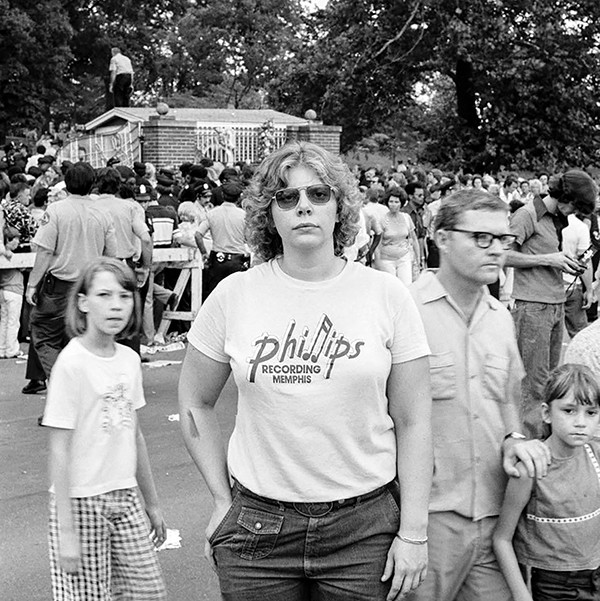
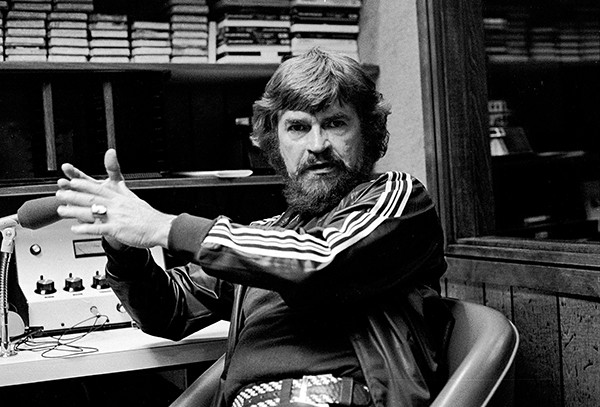
 Joey Miller
Joey Miller 
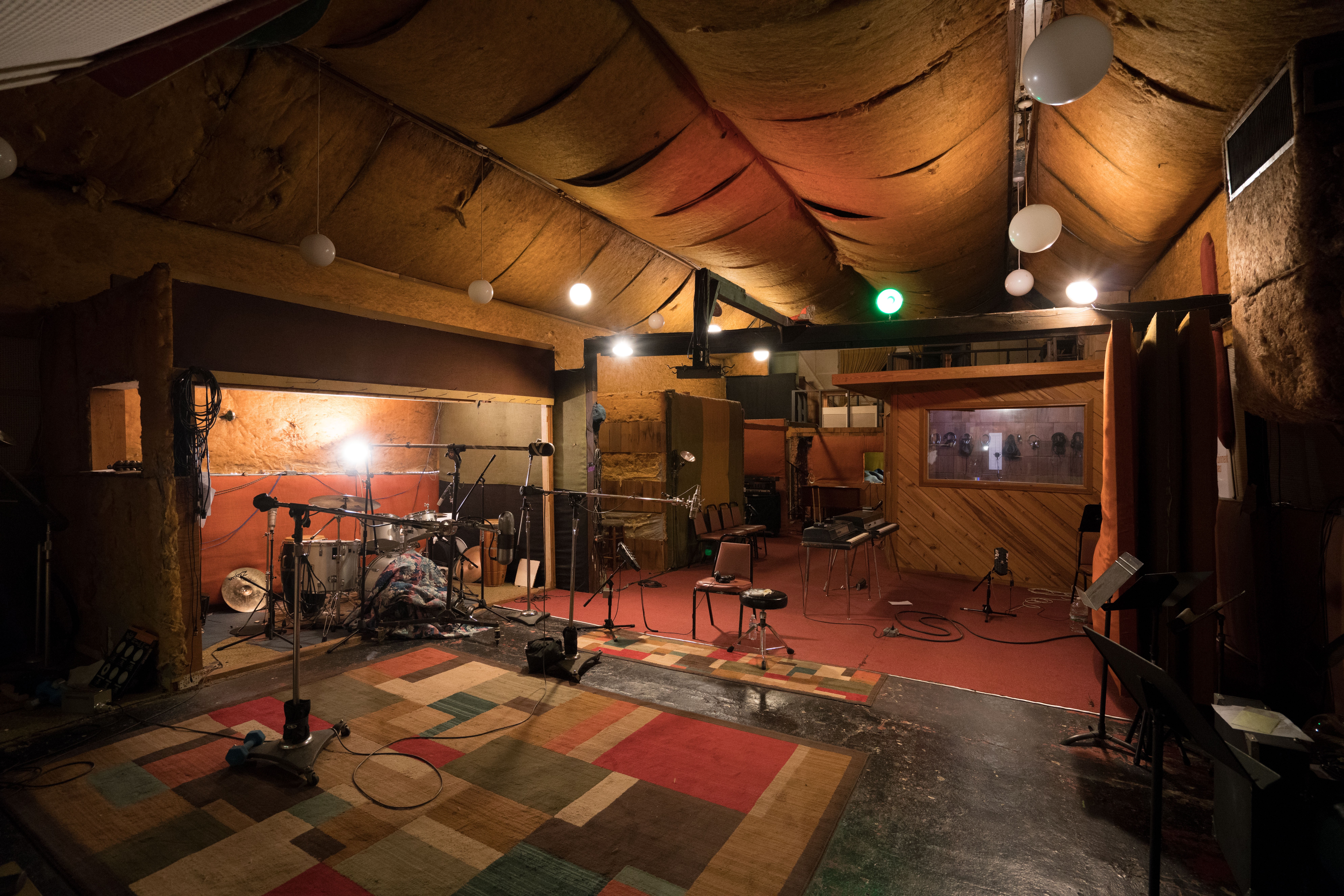 Joey Miller
Joey Miller 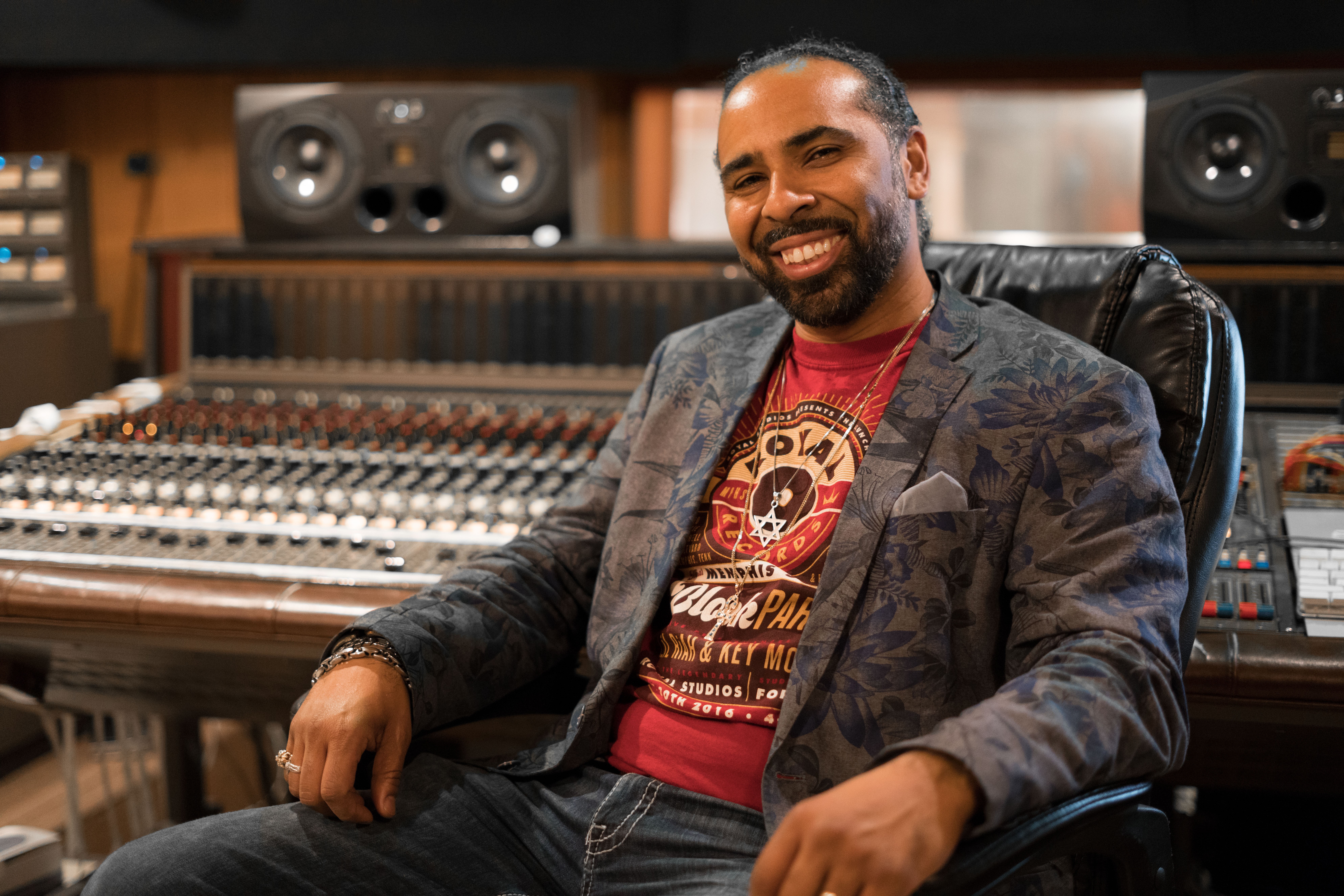 Joey Miller
Joey Miller 